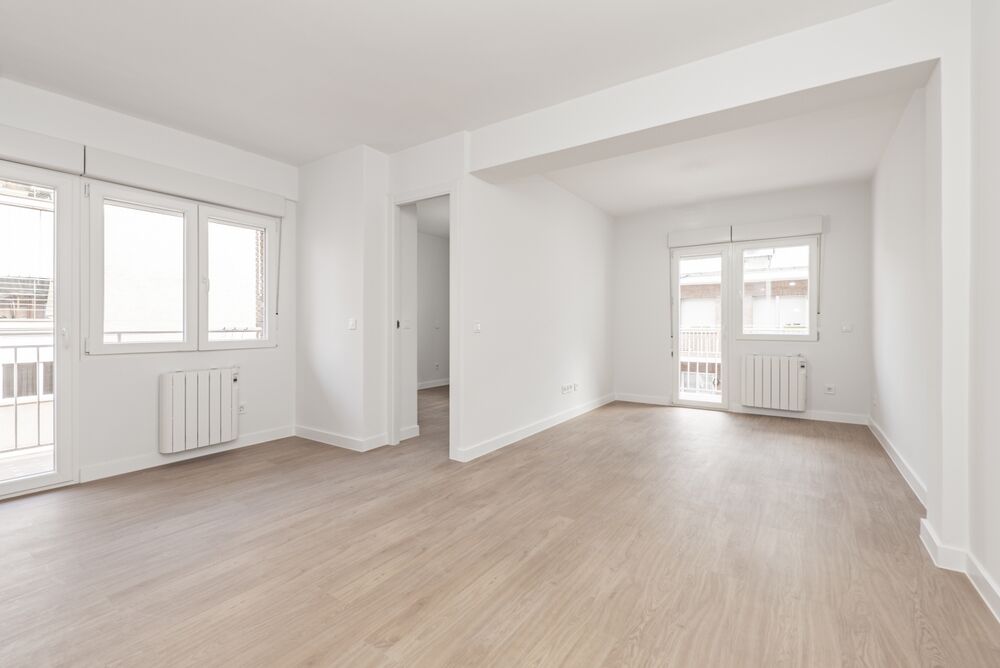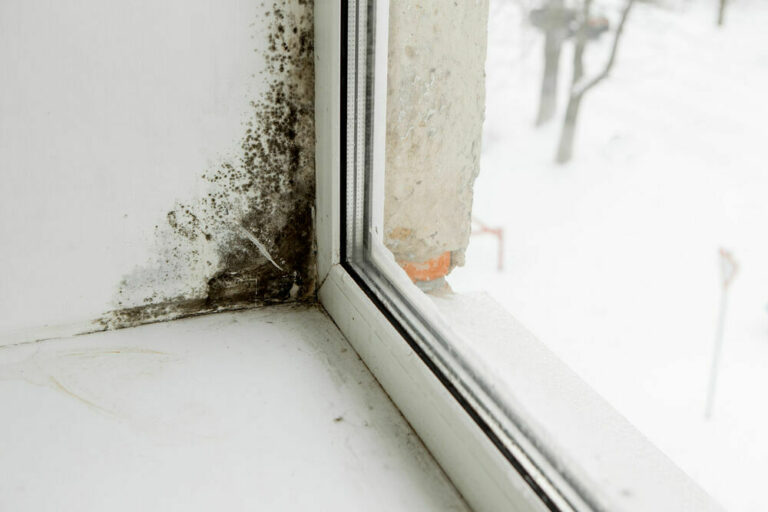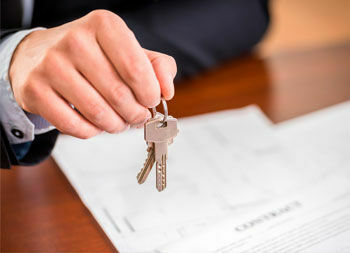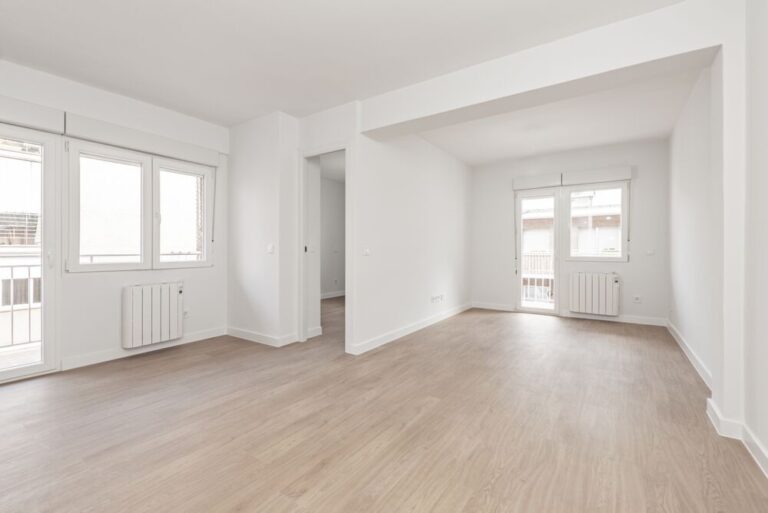
- Selling
- Prepare for sale
Turning an empty house into a home
There’s something about an empty house that can feel a bit soulless and unloved. Rooms that once buzzed with life can seem cold and uninviting. But selling an empty property doesn’t have to be a challenge. With smart thinking and the right approach, those vacant spaces can become a blank canvas brimming with potential.
Why empty houses can be challenging to sell
Statistics show that empty properties often take longer to sell than furnished ones. Many estate agents report that they tend to “stick” on the market and, when sold, sometimes achieve lower prices than their furnished counterparts.
It might seem counterintuitive, but empty rooms can actually appear smaller than they are. Without furniture to provide scale, buyers often struggle to visualise how their belongings might fit into the space. Pristine, empty walls can also draw attention to minor imperfections that furniture might normally conceal.
Fortunately, these challenges are easy to address:
Making empty spaces more appealing
The secret to selling an empty property lies in maintaining a welcoming atmosphere. Think of it as keeping the home’s personality alive, even without furniture.
Regular maintenance
It’s crucial to ensure the property is well-maintained. Sparkling windows, freshly mowed lawns, and tidy outdoor areas send a clear message that the house is cared for and ready for its next owner.
Maintain a comfortable temperature
An empty house can quickly turn cold, so keeping the heating on is essential. This not only creates a welcoming environment during viewings but also helps prevent mould and damp from forming.
To stage or not to stage?
Professional staging services can be expensive and is often unnecessary. A cost-effective alternative is partial furnishing—adding key pieces such as a dining table in the kitchen or a bed in the main bedroom. This helps buyers visualise room dimensions and potential layouts without having to fully furnish the property.
Prioritising security
Empty properties require extra care when it comes to security. Timer switches for lights, good exterior lighting, and regular check-ins can help maintain a lived-in look. Building relationships with neighbours can also provide an additional pair of eyes when you’re not around.
Highlighting the hidden advantages
While empty properties may take longer to sell, they also offer unique selling points:
• Buyers can inspect the property thoroughly without furniture obstructing their view.
• They can often make faster completion dates possible.
• The absence of an upward chain can be highly appealing to buyers.
These benefits can be emphasised in your marketing materials.
Presenting the property
The key to marketing an empty property successfully is in its presentation. High-quality photos, detailed floor plans, and virtual tours can help buyers see past the emptiness to envision the home’s potential. Clean, well-maintained spaces create a blank canvas for possibilities and inspire buyers to imagine the property as their own.
In summary
To make an empty house more appealing:
• Maintain the property with weekly visits, clean interiors, and tidy outdoor spaces.
• Add a few key furniture pieces to provide scale and highlight room potential.
• Keep the heating on low to maintain a warm, welcoming atmosphere.
• Work with your estate agent to create marketing materials that help buyers visualise the home’s possibilities.
So, whether you’re selling a property you’ve already moved out of or is an inherited home – its emptiness isn’t a disadvantage, it’s a blank canvas, ready to inspire buyers with its potential.












